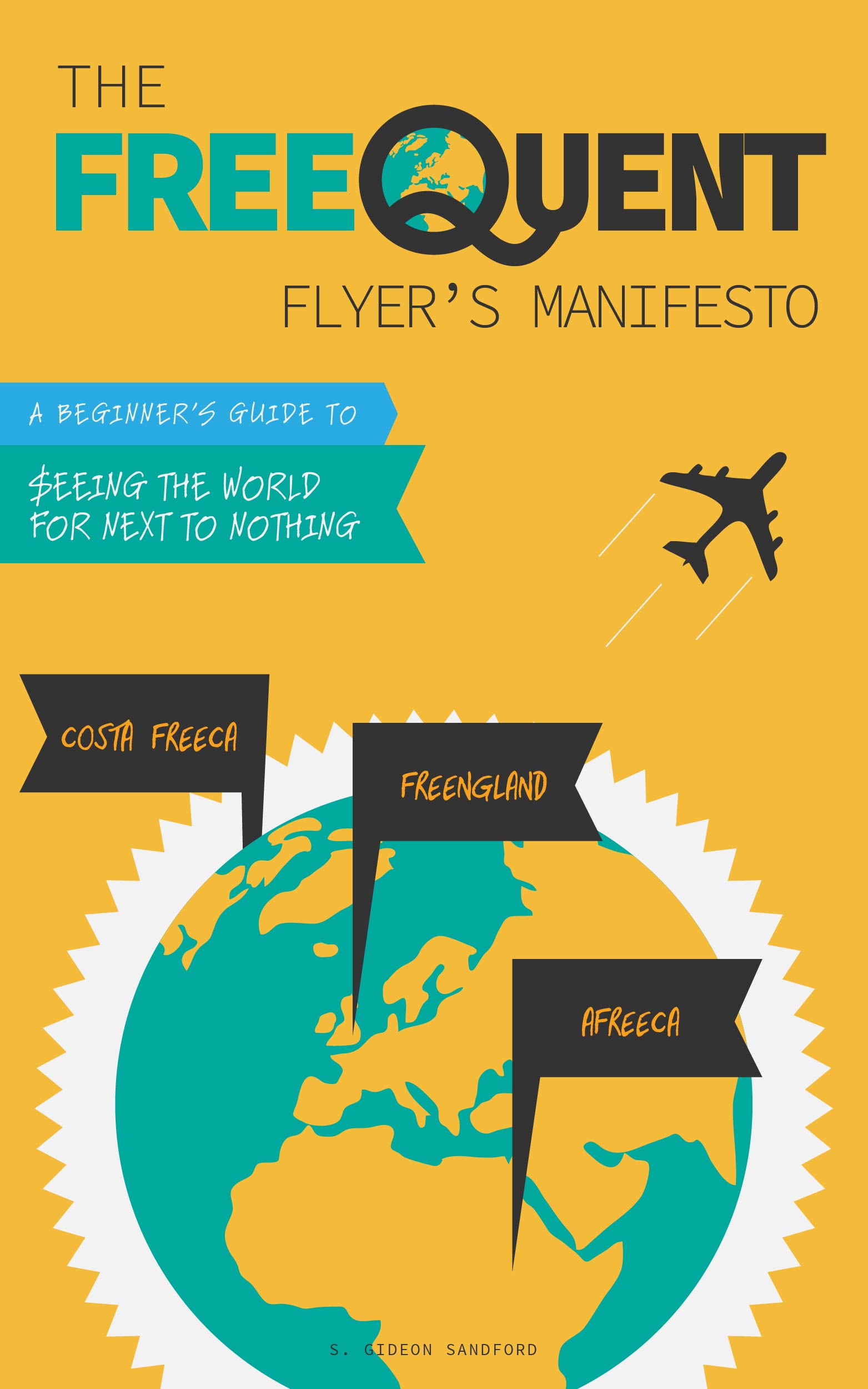One more reason to love Alaska's MVP Gold status
/Until January 1, 2015, the key benefit of Delta Platinum Medallion status was free award changes and redeposits (up to 72 hours before departure). That was for two reasons: Delta would only price and issue award tickets as round-trips, and Delta released agonizingly few low-level award seats. Free award changes meant you could book each leg at the low level as it became available.
For the two years I had Platinum Medallion status, I used this benefit constantly, saving hundreds of thousands of SkyMiles in the process.
In 2015, the benefit lost most of its value, for two reasons. The first reason is that Delta award tickets can now be booked as one-ways, meaning there's no need to "lock in" low-level seats as part of a round-trip award. But additionally, Delta appears to have begun systematically increasing the cost of award tickets booked fewer than 21 days in advance:
That means it's become less likely, rather than more likely, that additional low-level award seats will open up as your travel dates approach.
Free award changes are also a benefit of Alaska MVP Gold status
In the fall I requested and received a status match to Alaska Airlines MVP Gold 75K status. The key benefits for me are:
- Crediting paid flights on Delta and American Airlines to Alaska, earning a 125% bonus;
- Free checked bags on American Airlines;
- Earning valuable Alaska Airlines Mileage Plan miles, which can be redeemed for travel on American, Delta, or their other airline partners.
What hadn't occurred to me until last week is that Alaska Airlines also offers free award changes and redeposits for their MVP Gold and Gold 75K elites.
Restrictions on Alaska Airlines partner awards
While you can use Alaska Airlines Mileage Plan miles to make award reservations on Alaska, American, or Delta flights, there are a few nuances to be aware of when doing so:
- Naturally, to book partner award flights there must be low-level availability in the partner's own loyalty program. For American, that means SAAver award availability, and for Delta it means "Tier 1" availability.
- You can combine Alaska Airlines flights with flights operated by their partners, but each direction (outbound and return) can only include one partner (and optionally Alaska Airlines).
- Finally, Delta award flights are priced as one-ways only when booking round-trip awards. Put differently, if you book a Delta one-way with Alaska Airlines miles, you'll pay the round-trip price, whereas if you book a round-trip award (whether the other leg includes Delta or not) you'll also pay the round-trip price.
It's that last issue that makes free award changes and redeposits so important.
Book seats opportunistically, change and cancel as necessary
The fact that Delta award seats only price properly if booked as part of round-trip awards means that, just as with the pre-2015 SkyMiles program, it's necessary to "lock in" low-level seats as they become available, or pay double the one-way award price.
Unlike when redeeming Delta's own SkyMiles, Alaska Airlines still imposes relatively strict routing rules, so you can't tack a Delta flight onto an unrelated award in order to secure one-way pricing — you actually need to book a more-or-less round-trip award.
Free award changes and redeposits mean that once you've found one available award seat, you can book it immediately along with whatever flights happen to available for your other leg. Then you can periodically check award availability and, if seats become available, change your itinerary for free. If they don't, you can cancel the entire award, also for free.
Conclusion
There's no way to guarantee you'll find low-level award availability for the cities, dates, and times you want to fly. But free award changes and redeposits make it risk-free to lock in Delta award seats as they become available.


